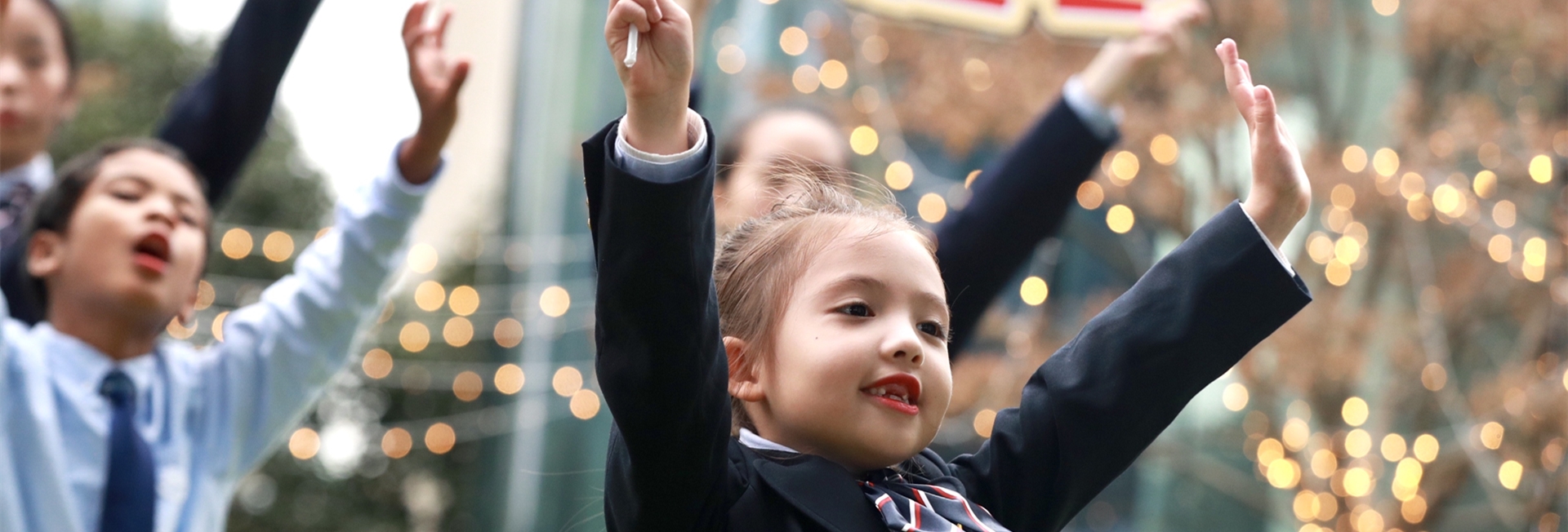
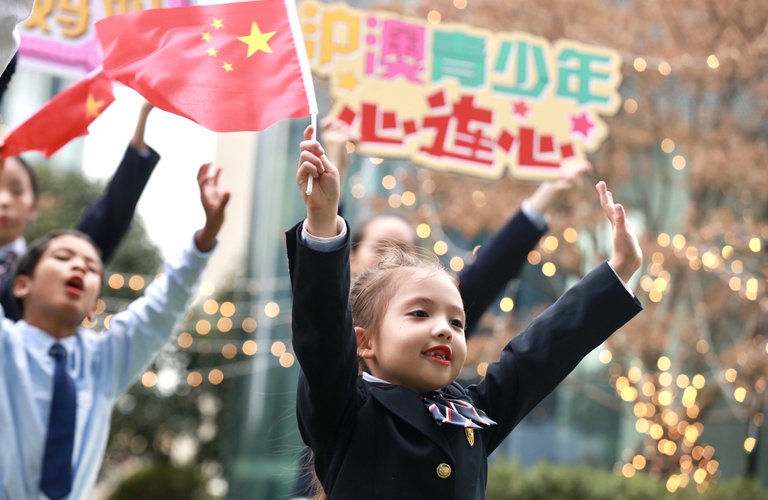


Madame Soong Ching Ling and Her
Ties with Liberal Arts Colleges
Madame Soong Ching Ling is internationally recognized as one of the greatest women in the 20th century.
She influenced the course of modern Chinese history, and by virtue of her international education and global outloook, played a part in the development of China in the modern era. Madame Soong Ching Ling’s remarkable achievements can be partially attributed to the education she received in the liberal arts college. Soong Ching Ling and her two sisters all graduated from American liberal arts colleges. The education Madame Soong Ching Ling obtained there firmly established her as a humanist, fueling her lifelong advocacy for the welfare of the common people in China.
Liberal arts colleges, known for the values of critical thinking, tolerance, and open discussion, provide an important option in American higher education. A liberal arts education is designed to expose students to a wide range of subjects, to cultivate students' communicative competencies, and to endow them with a comprehensive understanding of the world. Liberal arts colleges have nurtured leading figures in a variety of fields, just as they shaped Madame Soong Ching Ling to become the woman revered in her lifetime and today.
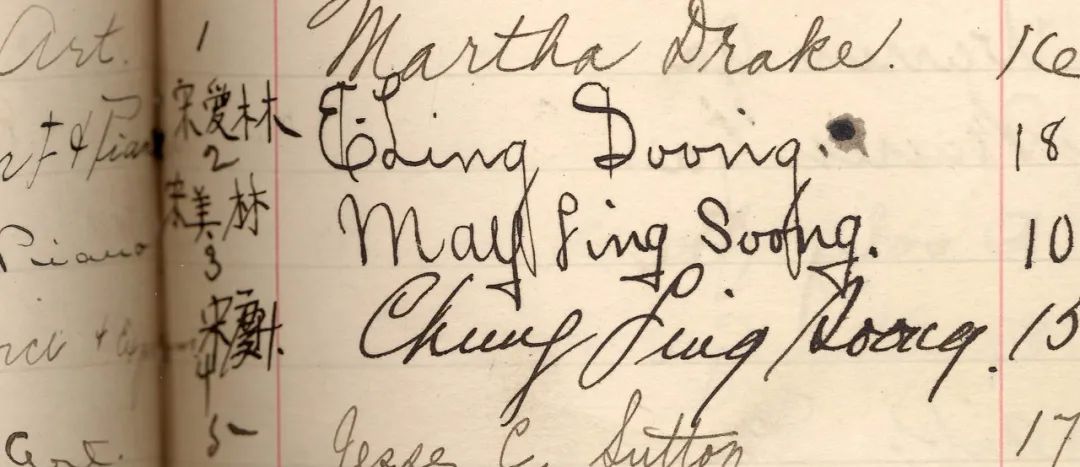
The Soong Sisters' Handwriting in a Notebook
(Source: Wesleyan College Website)
01
Soong Ching Ling at Wesleyan College
About 100 miles from Atlanta, Wesleyan College, in Macon, Georgia, became the educational training ground of Madame Soong Ching Ling.
In May 1904, Soong Ching Ling’s older sister, Soong Ai Ling, became the first Chinese woman to be educated at Wesleyan. In the fall of 1908, Soong Ching Ling and Soong May Ling joined their older sister. Soong Ching Ling studied English literature, and was remembered by schoolmates as studious, a gifted critical thinker, and a keen participant in political activities. She also developed the fluent English language skills which served her in good stead as an emissary for China on the world stage in the years after 1949.
She served as the literary editor of the school magazine Wesley, was a core member of the dance and drama clubs, and a correspondent in the Harris literary club. She published political and philosophical documents including The Influence of Overseas Students on China, The Greatest Event of the Twentieth Century, Modern Chinese Women, and Grandma in Wesley, all of which remain preserved in the Wesleyan's library.
As an adult, Soong Ching Ling was esteemed for her wholehearted devotion to her country. This devotion was obvious even in teenaged Soong Ching Ling when in 1911 she replaced the old Qing banner of the Chinese dragon displayed in her dorm room with the new flag of China her father sent her. The overthrow of dynastic rule led Soong Ching Ling to write several impassioned essays for the student magazine about the Chinese Revolution.
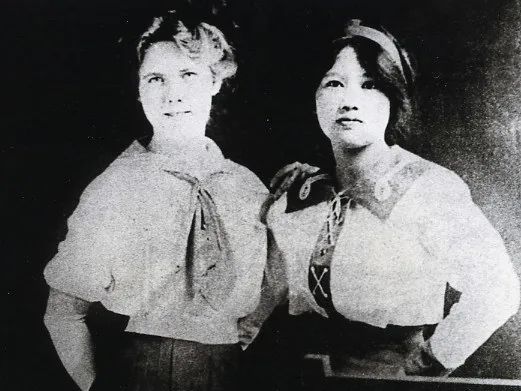
A Photo of Soong Ching Ling with Her Classmate at Wesleyan
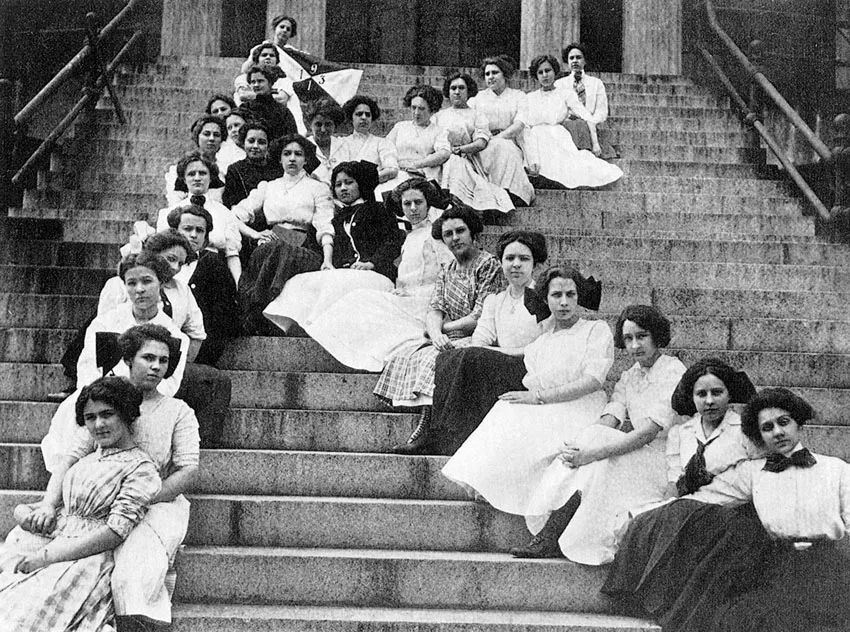
Wesleyan Graduation Photo
(Source: SCLS Wechat)
Soong Ching Ling graduated in 1913 with her B.A. in English and returned to China. After spending her freshman semesters at Wesleyan that same year, Soong May Ling transferred to another women’s college, Wellesley.
Throughout the remainder of the twentieth century, Soong Ching Ling exerted increasing influence alongside her husband, Sun Yat-sen. After the death of her husband, she carried on his work.
Of the three Soong sisters who studied at Wesleyan, Soong Ching Ling showed the greatest commitment to the development of her own political consciousness. This commitment led her to walk a completely different life path from her sisters, and engendered her active and principled life work, always dedicated to the prosperity of her motherland as well as the well-being of its people.
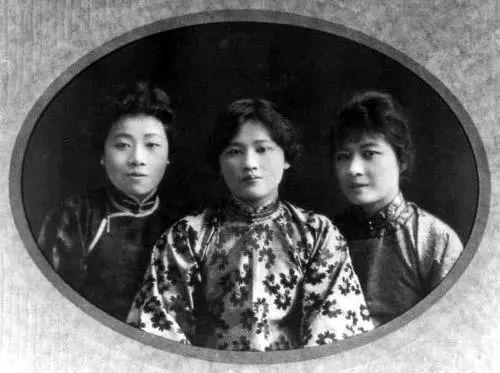
The Soong Sisters
(Source: People's Daily Online)
02
Continuing Ties with Wesleyan
Over the years, Wesleyan and its most famous alumnae kept in contact. The Soong sisters corresponded with many of their Wesleyan friends, and always cherished a set of photo albums of Wesleyan College.
In 1943, Soong Ching Ling’s younger sister May Ling visited Wesleyan after a long absence. The college presented an Honorary Doctor of Laws to Madame Soong Ching Ling and her two sisters. Although Soong Ching Ling never set foot on American soil after her graduation from Wesleyan, she always cherished this "Honorary Doctor of Laws" and displayed a commemorative silver plate brought from Wesleyan in her apartment in Shanghai. In 1995, Wesleyan hosted a traveling exhibition of similar artifacts pertaining to the life of Mdame Soong Ching Ling.
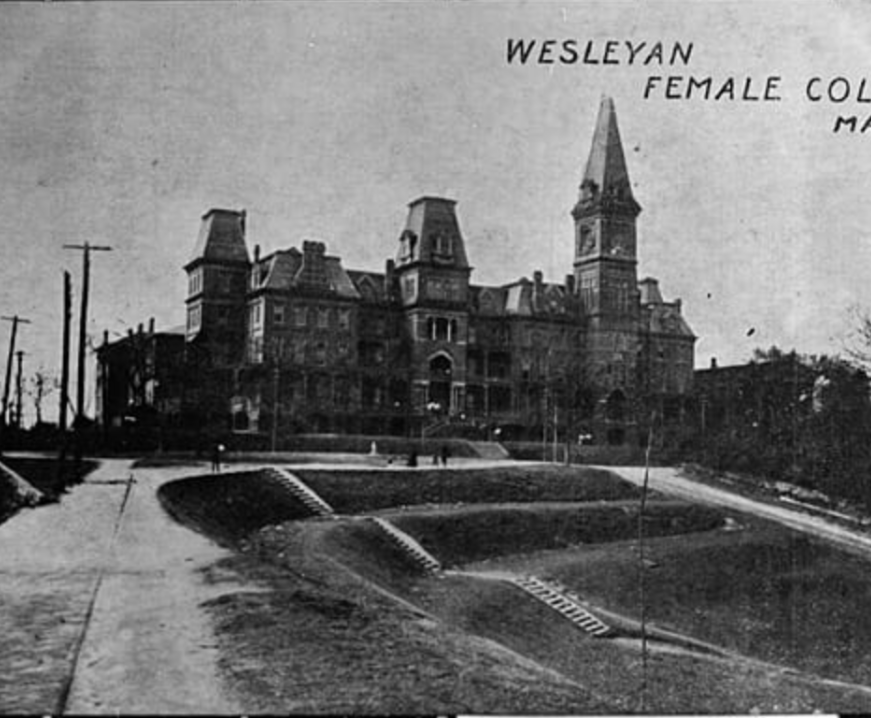

Old and New Wesleyan College
(Source: Wesleyan College Website)
Wesleyan College
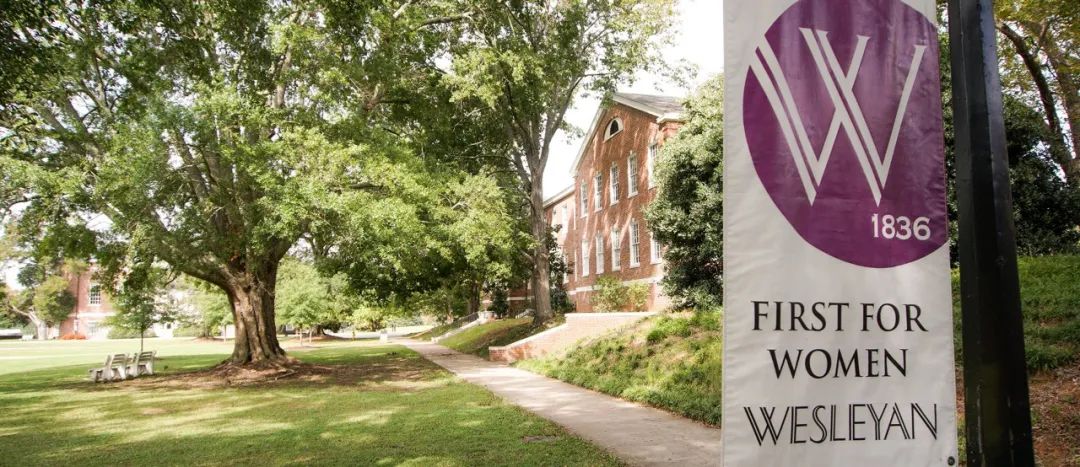
Founded in 1836, Wesleyan was the first college in the world chartered to grant degrees to women. Every year since then, Wesleyan women have been making history. The university takes its role as a pioneer in women’s education seriously; more than 180 years later, Wesleyan continues to educate women to do the extraordinary in their professions and in service to their communities.
Originating in the United States, liberal artscolleges typically offer a well-rounded curriculum that includes small class size; ready access to professors; opportunities to conduct undergraduate research and to hold internships; and scope to develop individualized course of study, among many other benefits. Unlikemany comprehensive universities, liberal arts colleges focus on a holistic andintegrated education, emphasizing the development of the student's critical thinkingability, interdisciplinary studies, and truly holistic development. Theacademic reputation of many liberal arts colleges in the United States evensurpasses that of Ivy League universities such as Harvard and Yale, and arethe first choice of many elite families in the US. Only about 3 percent ofcollege students in the United States graduate from liberal arts colleges, butthey have produced 19 percent of U.S. presidents and numerous Pulitzer Prizeand Mellon Prize winners.
Because of the similarity between theeducational philosophy, environment, and scale of liberal arts colleges and SCLSID,as well as Madame Soong’s ties to liberal artscolleges, we have also noted a natural gravitation toward these institutionsamong our graduates. Their teaching methods and broad education mimic thatfound at SCLSID, and often feel familiar and compelling to our students. Our graduateshave been welcomed at some of the top liberal arts colleges in the USA, such asSmith College, which has been ranked the second-best women’s college in thecountry; Davidson College, which has an excellent academic reputation andstringent entry requirements, support students moral development with its famous Honor Code; and Macalester College, a century-old institution with enviable partnerships in the Twin Cities as well as a commitment to preparing students for a globally connected world. These elite liberal arts colleges create an intellectual and moral environment that prepares our students to step into leadership roles in the future. Within the walls of Shanghai Soong Ching Ling School, Madame Soong ChingLing’s spirit of service and international-mindedness continues to be passed on tonew generations of students.
References
Written by: 王艺蓉 Sophia Wang
Edited by: Dr. Mary Margaret Magee
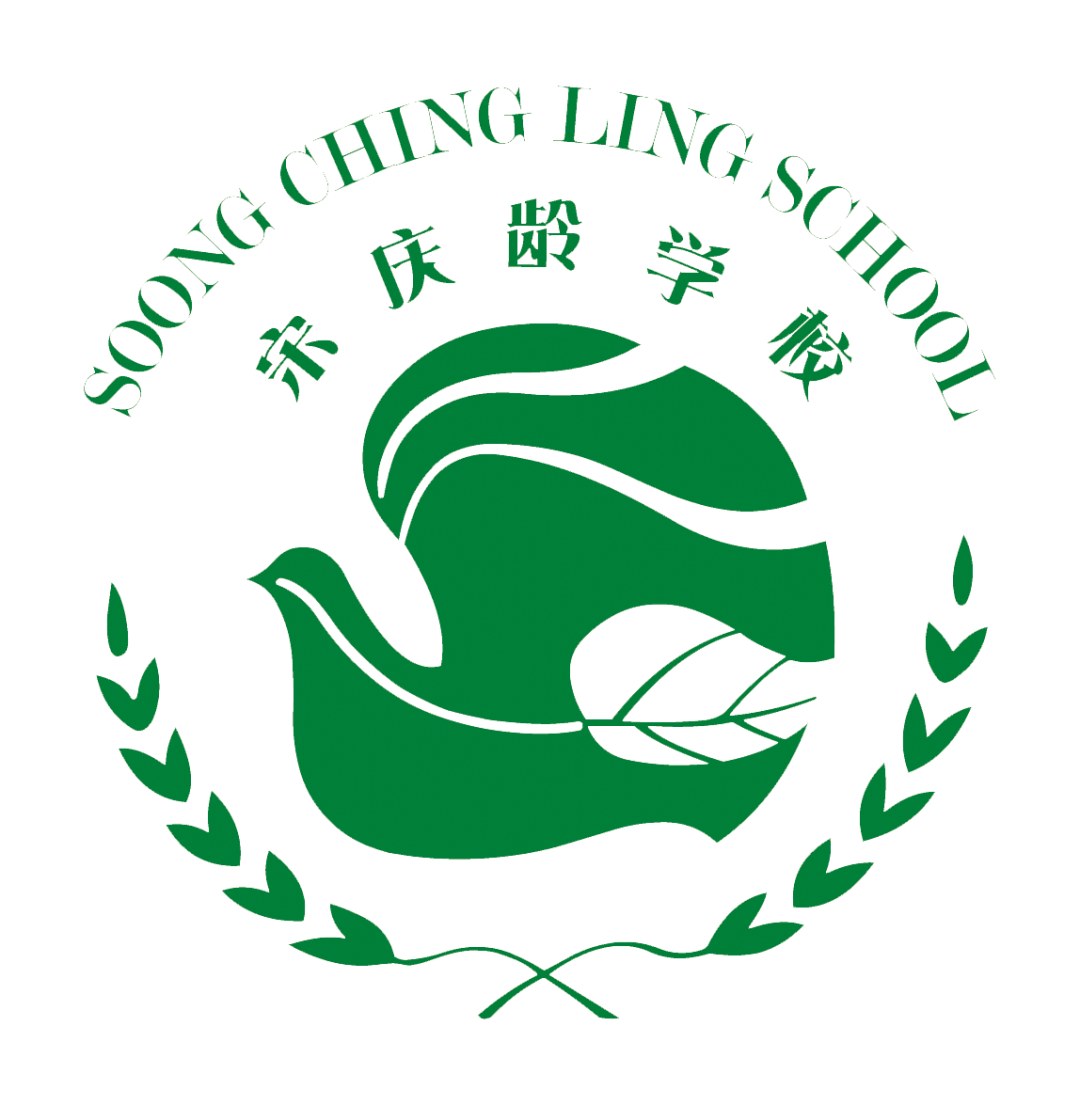
把最宝贵的东西给予儿童
GIVE CHILDREN THE MOST VALUABLE THINGS